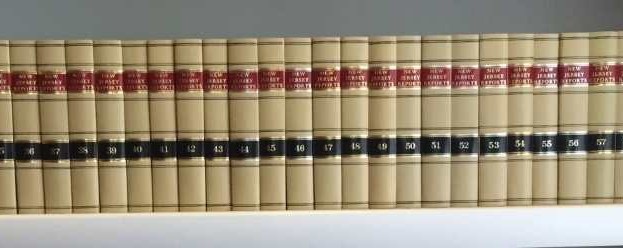The Federal False Claims Act (Qui Tam)
By : | Category : articles | Comments Off on The Federal False Claims Act (Qui Tam)
30th Sep 2015

31 U.S.C. §§3729-3733
What is it?
The Federal False Claims Act (the Act) was created by the U.S. Legislature in an effort to combat fraudulent claims against the U.S. government that cost the tax payers of the United States large sums of federal funds.
The Act makes an individual or business entity liable for damages and penalties if the individual or business entity knowingly presents a false or fraudulent claim for payment to a U.S. employee, knowingly uses a false record or statement to get a false or fraudulent claim paid by the U.S., or knowingly uses a false record or statement to avoid or decrease an obligation to pay the U.S. It does not apply to claims, records, or statements made to the Internal Revenue Service. It does apply to things such as Medicare claims, contractors’ or subcontractors’ invoices on government projects, food stamp redemption, and federal insurance claims.
What does it do?
The Federal False Claims Act permits individuals or the government to bring civil court actions against individuals or business entities to recover damages and penalties for fraudulent claims made to the U.S. government. However, the civil court action may not be commenced more than 6 years after the violation was committed or more than 3 years after the material facts were known or should have been known by the U.S. Government.
If found liable under the Act, the defendant is assessed treble damages plus penalties. That is, if the defendant is found guilty of defrauding the U.S. in the amount of $10,000, he will be assessed damages in the amount of $30,000 and penalties of $5.000 to $10,000 per claim. The guilty defendant is also assessed the costs of bringing the lawsuit, including attorney’s fees.
The Act also provides for what is known as a “qui tam” action. This is a lawsuit brought by a private party seeking money damages on behalf of the U.S. government against an individual or business entity for violating the Federal False Claims Act. If successful in proving liability by a preponderance of the evidence, the private party is awarded a portion of the damages recovered. This portion can be up to 30% of the damages plus expenses, costs, and attorney’s fees.
How is a qui tam claim filed?
A Complaint in the name of the U.S. Government and the private party must be filed with the federal government in camera and under seal. This means that the formal Complaint is filed with a federal district court under seal and served only on the U.S. Government, not on the defendant, until permission is given by the court. The Complaint must be accompanied by a written disclosure statement that includes substantially all material evidence and information on which the Complaint is based. The Government is given 60 days within which to decide whether or not to intervene in the litigation. If the Government decides to intervene, it will prosecute the case and may decide to dismiss, settle, or go to trial. Whether or not the Government intervenes, the private party bringing the lawsuit still receives a portion of the damages if liability is proven.
Protection for whistleblowers?
The Federal False Claims Act provides that any adverse employment action taken against an employee who lawfully participates in an action under the Federal False Claims Act is a violation of the Act and the employee may seek remedies under the Act. These remedies include whatever relief is necessary to make the employee whole including reinstatement with seniority, double back pay plus interest, and special damages which includes reasonable costs and attorney’s fees.

